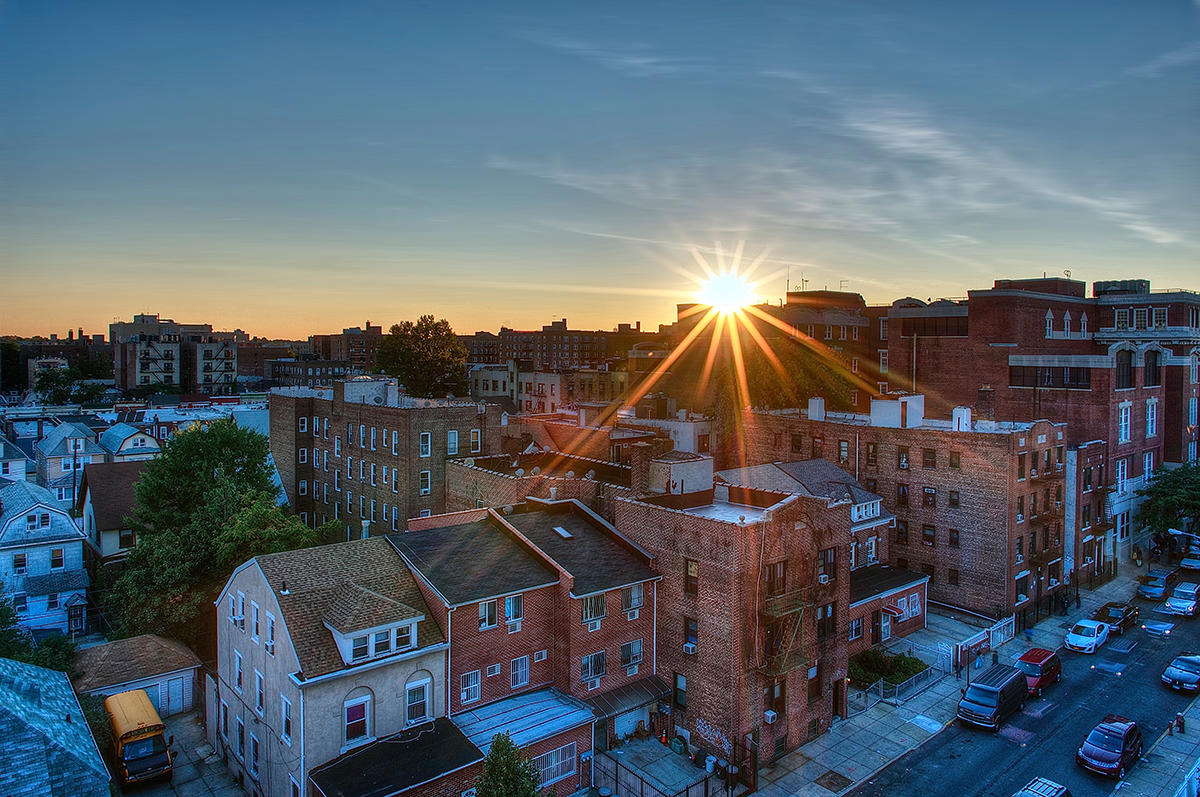Trending
Residential market report
From Manhattan’s median price drag to Brooklyn’s negotiability squeeze, a look at the biggest trends

Tepid new dev market hits Manhattan’s median price
Sliding new development prices dragged down the overall median price for Manhattan homes to $1.1 million in the second quarter — a 7.5 percent decrease since last year, per Douglas Elliman. The median price for new development units in the borough fell 19.2 percent year-over- year, to $2.7 million from $3.3 million, and 4.6 percent from $2.8 million, in 2018’s first quarter. Meanwhile, Manhattan’s median resale price increased by less than 1 percent, to $980,000, in the same period. New development sales volume fell from 556 to 352, largely due to the dwindling of legacy contracts. Of those sales, 16 percent of units were sold at below $1 million (the largest share for that price range in two years), while 39 percent sold between $1 and $3 million, and 44 percent sold above $3 million. The pipeline of new development units in Manhattan has remained stable, with 1,029 units on the market, on par with last year’s 1,021 and down slightly from 1,059 in the previous quarter.
Queens posts highest rent increase in the nation
July is a peak month for the rental sector, and apparently this year was no exception. Average rents increased in 222 out of 252 markets around the country in the past 12 months, and Queens, New York, topped the list with the largest year-over-year growth, according to a recent RENTCafé report (the report tracks apartments in buildings with 50 or more units). Average rents rose 8.3 percent in Queens, to $2,342, compared to 3.9 percent in Brooklyn ($2,801) and 1.7 percent in Manhattan ($4,119) — one of the lowest growth rates in the country. July was also the first month in more than a year that the number of new leases with concessions decreased in Queens, from 40.8 to 32.3 percent, according to Douglas Elliman. Eric Benaim, CEO of the Queens-based brokerage Modern Spaces, said that some of the borough’s rent growth could be attributed to the increase in higher-priced inventory over the last year.
Luxury listings sit even longer on the market
Manhattan luxury listings continue to linger as buyers wait them out. Home listings above $4 million are now sitting on the market for an average 439 days, up slightly from 433 in 2017, according to new data from Olshan Realty. And when the properties do sell, it’s at an average 9 percent discount from the asking price — up from 8 percent last year. “Deals are getting done, but they’re getting done at lower price points than before,” said the brokerage’s CEO, Donna Olshan. “They’re getting done where sellers are capitulating to reality.” One example is developer Joseph Chetrit’s Upper East Side megamansion, which finally sold in August at a 21 percent discount. The developer listed the townhouse at 110 East 76th Street for $51 million in November 2017, and it recently sold to David Koch for $40.2 million after spending 273 days on the market. “It’s discounts, discounts, discounts everywhere,” Olshan said.
Brooklyn home sales tip in favor of buyers
Home prices in Brooklyn rose to $1.4 million in July, up from $1.2 million last year, but negotiability tightened for sellers, according to a recent Citi Habitats report. “Sellers need to be really careful and cautious about their prices,” said Douglas Jones, a broker with the firm focused on townhouses in central and northwest Brooklyn. “Buyers are exercising their options right now,” he said. Of the total 320 contracts signed in July, 41 percent sold below ask, 37 percent sold at ask and 22 percent sold above ask — tied with October 2017 for the lowest rate in the past 12 months. And average days on the market increased to 85, up from 53 days last July, but still below the peak of 105 days in February. Since the beginning of 2018, the amount of time Brooklyn homes sit on the market has trended above the five-year average of 62 days. Total inventory followed the seasonal trend, falling to 647 from a peak of 805 listings in the winter, which was in line with last year.




